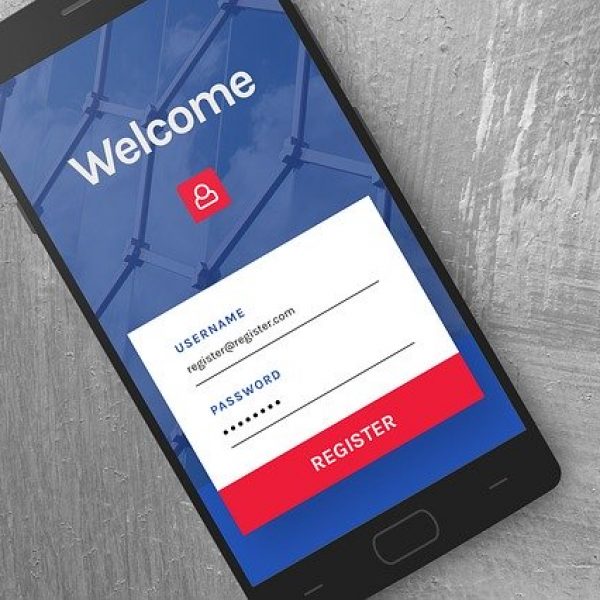It is an all too familiar setting. A leader engaging in a development discussion with their team member, ‘Sam the BP’.
Conversation flows, nods of comfort from ‘Sam the BP’ as their development goals take shape, until the Leader adds: “Sam, for your final development goal, let’s focus on building your <cue the music> commercial acumen.”
‘Sam the BP’ pauses, eyebrow raised: “Ok. So, how do you suggest I do this?”
The Leader replies, “Well. Get to know the business. Speak to other leaders and understand what they do.”
Ok. Maybe it doesn’t play out exactly like this. But we’re confident somewhere along your career path, “build your commercial/business acumen” has made its way into your development plan or that of your team.
And whilst developing the technical elements of your role has been straight-forward, the ‘how to’ of building greater commercial acumen can be ambiguous. So, how do you develop your commercial acumen in a clearer, more systematic, and scalable manner?
To answer this, we lean on Ray Dalio’s quote: “the two biggest barriers to good decision making are your ego and your blind spots.” He goes on to say, “together, they make it difficult for you to objectively see what is true and to make the best possible decision…”
As a Business Partner, a clear path to building your commercial acumen relies on you better understanding your blind spots and not allowing your ego to get in the way of constructive feedback on where your advice or client engagement may be lacking.
To clearly define commercial acumen, we start with the definition of ‘business model’. A thorough understanding of how a company creates, delivers and generates value for their clients and stakeholders.”
A business model comprises a series of inter-related elements and includes clearly capturing your company’s core business activities, client segments, and channels to market to name a few.
Commercial acumen, then follows as “the strong understanding of your company business model PLUS your macro-environment PLUS how you integrate this knowledge when you make decisions and advise clients.”
This leads to better alignment of your behaviors around “what you need to know” and “what you need to do differently” in a way to influence a positive business outcome and leverage this knowledge in your day-to-day interactions – both big and small.

